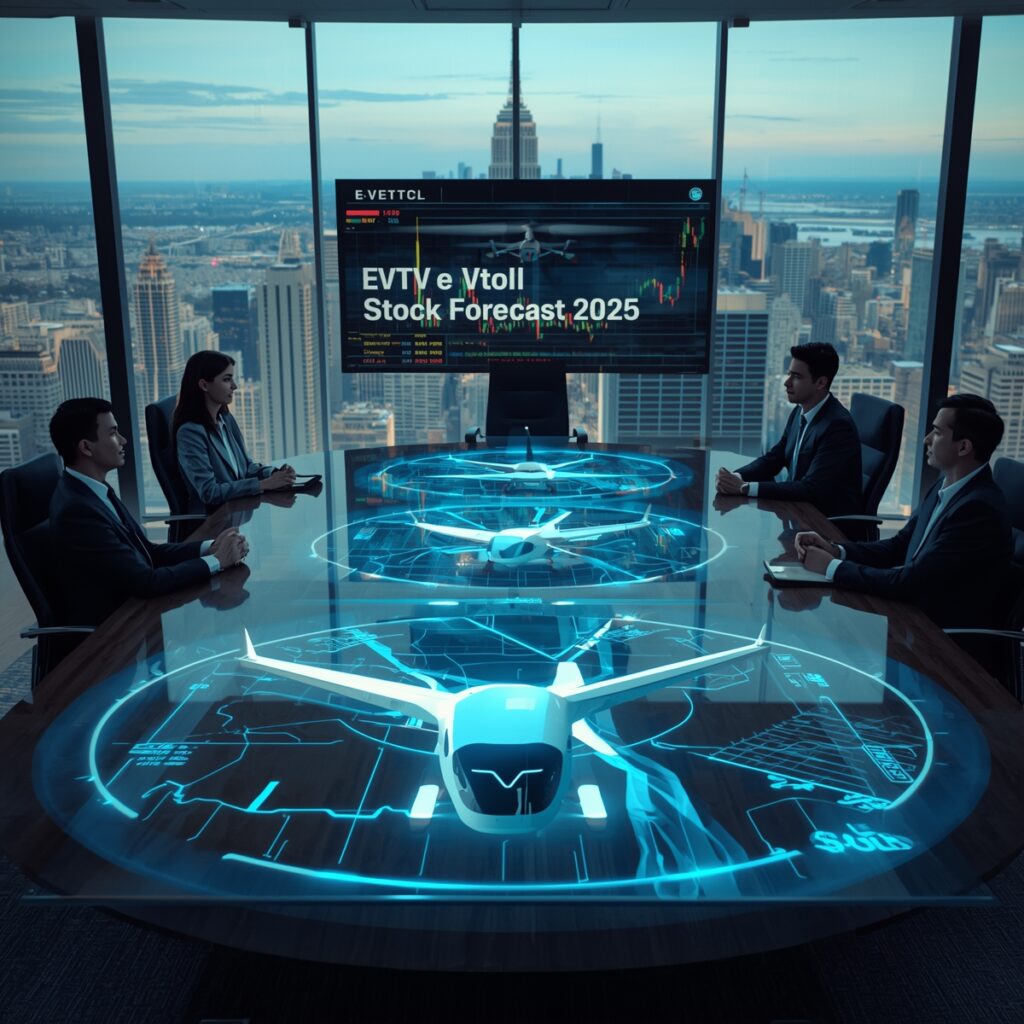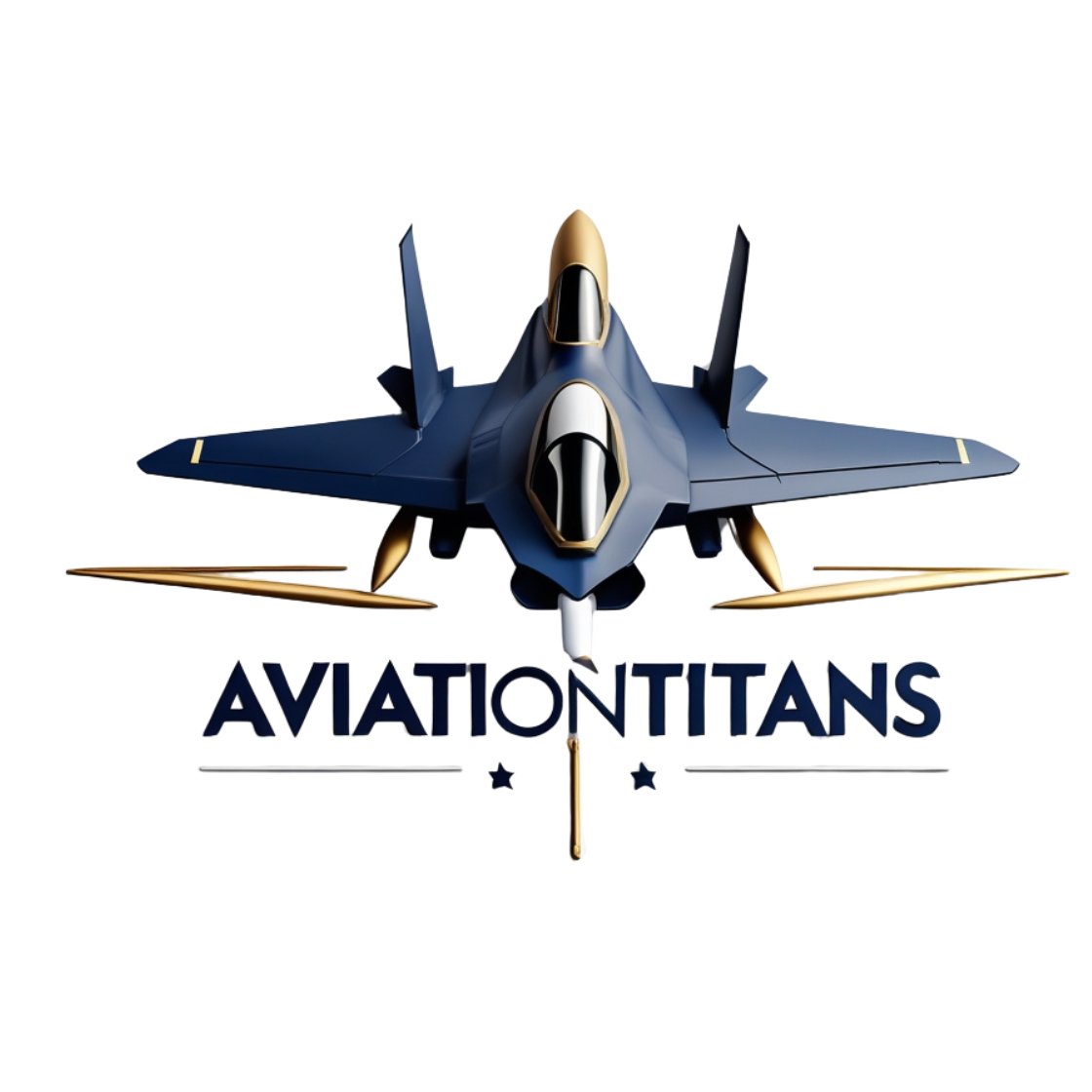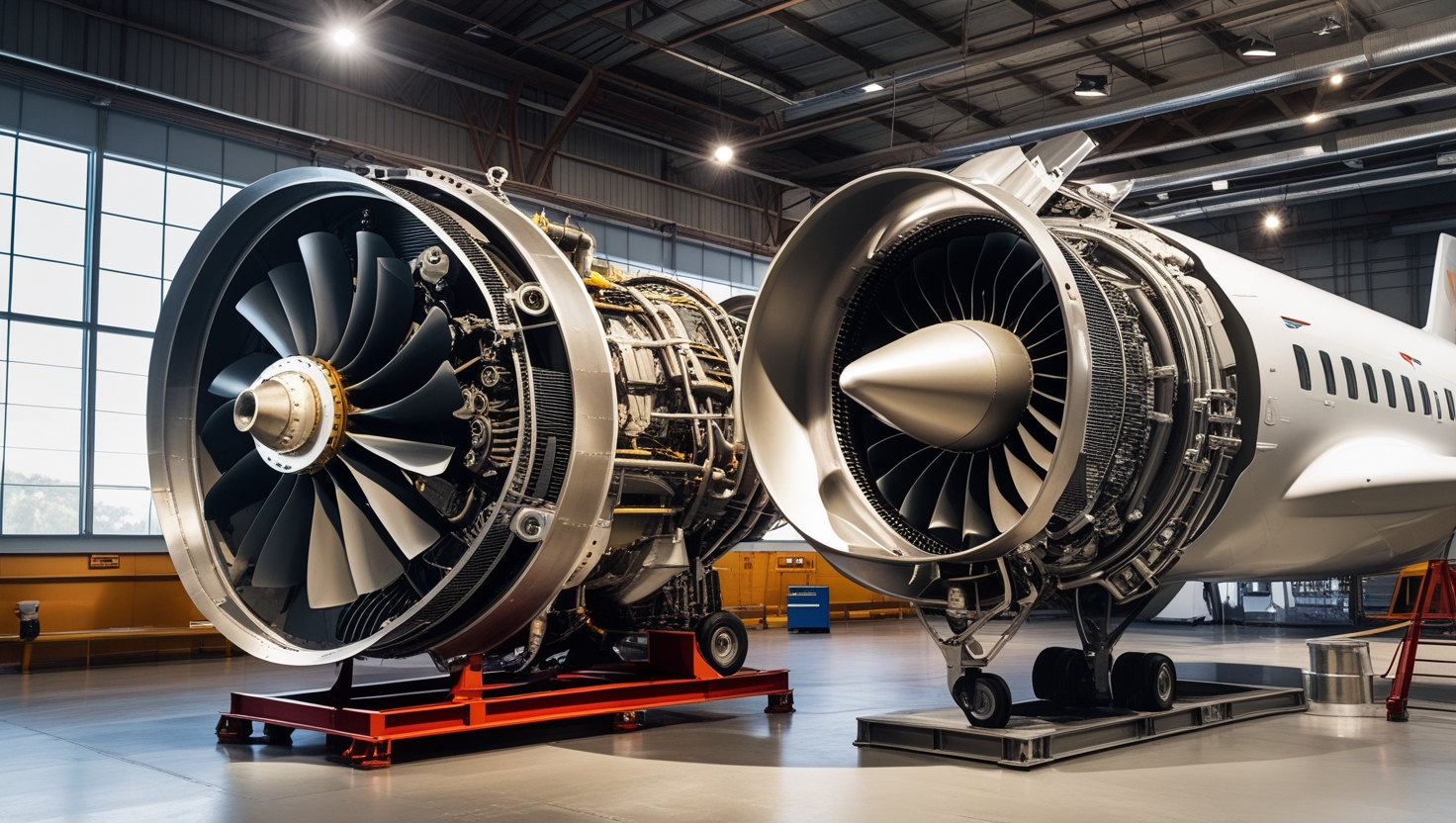A couple summers ago I was standing on a hot ramp in Mojave watching a promising eVTOL prototype line up for a short pattern. The flight was fine; the post-flight was the tell. While the team downloaded flight-control logs and swapped a pack for a 45-minute top-off, I asked the program lead how many conformity-build parts were already to spec. He hesitated, then admitted: “Maybe 60%—the rest are machined stand-ins.” Right there, you’ve got your signal. In this space, the difference between a slick demo and a certifiable aircraft is a canyon. This guide is how I bridge it when I evaluate pitches—whether you’re an investor, an airport planner, or an operator thinking about electric air taxi service.
The Funding Landscape (and how I sanity-check it)
Money is still flowing in 2025—strategics from autos and aero, infrastructure funds, even a few measured crossover investors. Public names like Joby and Archer keep the category visible, while private rounds prop up the next tier (Beta, Overair, Supernal, SkyDrive). Here’s how I read a cap table now:
- Who’s writing the big checks? Strategic money from Tier 1 suppliers and airframers matters more than ever; it tends to show up after design freeze with purchase options that have teeth.
- What’s the runway—really? I treat “runway to first revenue” as (cash on hand) / (normalized monthly burn) with at least a 15–20% contingency for certification slips. If they won’t give you normalized burn (ex-R&D spikes), assume the worst case.
- Convertible debt traps. A lot of 2021–2023 notes are coming due; extension terms can quietly change effective valuations. Ask to see covenants, ratchets, and warrant coverage.
From my experience, great teams show a budget that bends with certification: more cash in V&V and flight-test operations, not just batteries and CFD licenses. If the burn shifts toward conformity builds and DO-178/254 software spend, that’s a good smell.
For a broader market pulse and deal context, I keep a running data sheet in our Aviation Industry News & Market Trends hub—useful for comparing round sizes and timing against certification milestones.
Tech Readiness: How I separate demos from deliverables
A pretty hover video is table stakes. What you want is evidence the company can repeat the result with production-intent parts under a certifiable quality system. My quick-and-dirty checklist:
- Conformity, not cosplay. How many flight-critical components are already to drawing under a supplier quality system that looks like Part 21 production? Show me travelers, material certs, and NCR closure flow.
- Energy model → route model. Battery (or hybrid) specific energy, cycle life, and thermal margins must close on real city pairs with reserve rules. A credible ops plan shows payload at 35°C, not just ISA.
- Environmental qualification. DO-160 test matrix planned, with early EMI/EMC and vibration screens complete. I want the list of “failed first time” items and the fix.
- Flight controls maturity. Bench-level iron bird results and software hazard analyses (DAL allocations) tell you whether the team understands certification avionics, not just drones.
- Noise profile. Not just “it’s quiet”—I want SEL/Lmax predictions for approach and departure, and how they plan to meet community expectations at rooftop pads.
A mistake I see a lot of founders make is waving away thermal management as a “battery vendor problem.” It’s not. It’s an aircraft problem—pack placement, coolant routing, and failure isolation drive weight and maintainability.
If you’re mapping the players by design path and maturity, our Top eVTOL Manufacturers in 2025 page keeps an updated snapshot of architectures (lift-plus-cruise, tilt, vectored thrust) with where they stand on flight test vs. conformity builds.

A fictional—but technical—case study: the investor day that changed the term sheet
Company: “SkyHopper” (fictional), a five-seat tilt-rotor eVTOL
Pitch: 150-mile range, 45-minute reserve, 65 dBA approach, 2027 entry-into-service
What we asked for:
- Pack-level thermal data at 4C continuous discharge on a hot day (35°C) and 2C emergency climb;
- Conformity evidence for rotor hubs, swashplates, and flight-control computers;
- DO-160G EMI/EMC pre-tests, plus a DAL allocation table;
- Noise flight-test plan with reference microphones and contour modeling for two candidate rooftops.
What we found:
- Range math closed only with 10% battery degradation and 25°C; at end-of-life (20% degradation) on a 35°C day, the mission shrank to 94 miles before reserve.
- One flight-critical actuator was still a machined surrogate; the supplier had no AS9100 quality plan for serial production.
- Pre-test EMI showed a nasty blade-pass frequency coupling into a pack BMS sensor—intermittent nuisance faults during max-rate climbs.
- Community noise modeling assumed unobstructed pads; the real rooftops had parapets that reflected approach noise toward a residential block.
Outcome: We didn’t walk. We rewrote milestones: (1) supplier quality system to AS9100 audit; (2) hot-day EOL mission proof with margin; (3) EMI/EMC fix verified on the iron bird; (4) noise plan re-run with real rooftops. The company hit the first two in 120 days and earned the next tranche. The lesson: it wasn’t a tech indictment; it was a maturity map.
Business Model and Unit Economics (because “Uber for skies” isn’t a plan)
Your per-trip margin hangs on three variables: aircraft utilization, energy cost, and maintenance burden. I force teams to model door-to-door timelines, not just air miles:
- Block time reality. Add pad taxi, passenger flow, charge or swap, and routing around TFRs. If your 12-minute hop is a 42-minute experience, your fare elasticity changes.
- Energy price sensitivity. Model grid demand charges and off-peak strategies; a lot of rosy unit economics evaporate when peak pricing bites.
- Mx labor per flight hour. Early fleets will live with inspection-heavy schedules. Ask for the MPD draft and how it will evolve after the first year of service.
On the revenue side, I like to see airport interline and loyalty hooks—ties to airlines, GDS visibility, and ground transport partners. The winners won’t sell flights; they’ll sell time certainty.
If you’re thinking about the charging and grid side (and you should), our Energy Infrastructure for eVTOL Operations guide breaks down pad power, demand charges, and renewable integration in plain language.
Policy and Infrastructure: what “green lights” actually look like
U.S. playbook. The FAA’s vertiport work gives you the bones—siting, lighting, obstacle protection, and charging safety. Airport sponsors must fold vertiports into Airport Layout Plans and work with Airports District Offices early; I always send planners to the FAA’s vertiport engineering resources to align geometry and markings the first time (start here: FAA Vertiport Design & Engineering Resources). On the airspace side, you’ll be threading powered-lift ops into busy Class B/C flows—don’t underestimate procedure design and wake separations.
Europe and beyond. EASA has laid out a pragmatic path for vertiports and VTOL certification, and several cities are running integrated UAM trials. If you want a single bookmark to understand the European regulatory spine, EASA’s urban air mobility hub is the best place to start (EASA—Urban Air Mobility). The UAE and Saudi Arabia are leaning in with state-sponsored AAM pilots; Singapore and South Korea continue to prove out multimodal links.
Independent reality checks. When a pitch sounds too smooth, I triangulate with third-party assessments. The U.S. Government Accountability Office keeps a sober view on AAM hurdles—airspace integration, certification staffing, and community acceptance (GAO—Advanced Air Mobility). And for a technology-first look at integration and automation, NASA’s Advanced Air Mobility program materials are still the cleanest explainer you can hand to a city council or skeptical CFO (NASA—Advanced Air Mobility).
Moats that actually matter (and how I test for them)
Certification momentum. Letters, meetings, and smiles are not milestones. I look for issue papers closed, means of compliance agreed, and a credible path through conformity, flight-test credit, and type inspection authorization. If the certification plan assigns DAL levels that match failure effects—and the company can show working software/hardware to those levels—you’re seeing a moat.
Supply chain that scales. A vendor list full of one-off machine shops is a red flag. Moats look like locked capacity at AS9100 suppliers, dual sources for flight-critical parts, and process FMEAs that prove they can hold tolerances at rate.
Ops integration. Deep hooks into airline networks, ride-hailing platforms, and airport IT (bags, connections, loyalty) make the service sticky. The moat is the platform, not the pad.
Acoustic signature and community process. If your arrival sounds nice in a field test but reflects off parapets downtown, you don’t have a moat—you have a meeting with the mayor. The companies instrumenting real sites and publishing SEL contours with mitigation plans (arrival paths, pad baffling) are thinking like operators.
Risk Map: the three most common ways eVTOL pitches go sideways
Battery optimism. Teams pitch range at beginning-of-life and mild ambients; end-of-life at hot-day reserves is what airlines and regulators will live with. I haircut range by 15–25% unless proven otherwise with end-to-end test data.
Software/hardware DAL mismatch. If a control-law fault can cause loss of control but the plan assigns DAL C, someone’s not done their FHA homework.
Noise hubris. Suburban demos do not equal rooftop reality. Ask for multi-path urban acoustic models and independent measurements.

Portfolio construction (how I’d play it if I had to pick today)
- Core: One public name with visible certification progress and strong partners.
- Growth: One private with credible tech (e.g., hybrid or hydrogen-assist) and a pragmatic certification plan.
- Picks-and-shovels: Charging, battery management, thermal systems, and vertiport ops software.
- Geography: One bet outside the U.S. where public policy is accelerating vertiport builds.
I also like infrastructure-oriented ETFs/funds with AAM exposure for folks who don’t want to underwrite aircraft risk directly.
For a running table of platforms, cabin layouts, and use-case fit (commuter, cargo, medevac), our Aircraft Models & Reviews section helps you compare apples to apples before you sign an LOI.
FAQs I keep getting from investment committees
What’s the single best proxy for time to revenue? Conformity progress plus issue paper closure rate. Fancy MOUs don’t move the calendar; production-intent parts do.
How much cash per month should a serious program be burning at flight-test scale? It varies, but a credible tilt/VTOL with 2–3 aircraft in test, a growing certification team, and supplier NRE will often sit in the $12–25M/month range. If they claim much less, you’re either seeing miraculous efficiency—or the work’s not underway.
Is hybrid a cop-out? Not if the mission needs it. Hybrids can de-risk energy density and extend range early, with a path to full electric when batteries catch up.
The 60-minute diligence sprint (my template)
- 30 minutes with engineering: energy model, thermal, DAL allocations, conformity %, DO-160 pre-test scars.
- 15 minutes with operations: route model (hot day, EOL), turnaround time, maintenance plan, crew training assumptions.
- 15 minutes with finance/legal: burn normalization, debt terms, supplier NRE, certification budget phase-by-phase.
If they can’t answer these cleanly, you’ve learned enough.
Bottom Line
In 2025, eVTOL is past the “hover wow” phase and deep into the boring, valuable middle—certification documents, supplier audits, conformity builds, and acoustic maps. That’s where fortunes are made or lost. Evaluate pitches on tech readiness, cash discipline, and defensible moats—not just on beautiful renders or celebrity advisors. The winners will be the teams that can turn repeatable flights into certified products, weave themselves into existing transport networks, and earn community trust pad by pad and route by route.
If you’re just getting into the space and want a survey of who’s building what (and why), start with Top eVTOL Manufacturers in 2025, then skim Aviation Industry News & Market Trends for funding/IPO cadence, and finally gut-check your infrastructure plan against Energy Infrastructure for eVTOL Operations. For external framing on rules and readiness, I keep these four bookmarks handy: FAA vertiport engineering resources for design basics (FAA Vertiport Design & Engineering Resources), EASA’s UAM hub for European policy (EASA—Urban Air Mobility), the GAO’s AAM overview for independent risk checks (GAO—Advanced Air Mobility), and NASA’s AAM program for the technology roadmap (NASA—Advanced Air Mobility).






